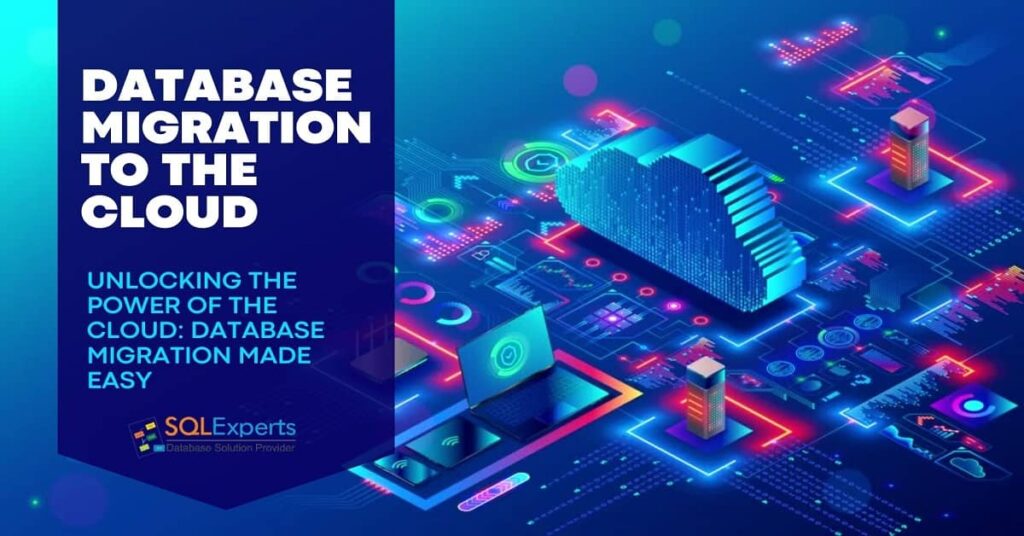5 Different Types Of Cloud Computing With Examples | Pros And Cons
How many types of cloud computing are there? The rise in cloud computing is gradually shaping business transformation. Cloud technology has taken center stage in most enterprise systems. It enables an organization to keep, control, and work on its data over the Internet, as opposed to traditional systems that rely on physical data centers on the company’s premises. These days, it is not only about providing comfort; it is about securing, it’s about making flexibility and scalability practices, all of which help all businesses regardless of their size to achieve their goals in the best possible manner. However, not all cloud solutions are created equal. There are five distinct types of cloud computing: each serves different needs and has its advantages and disadvantages. In this blog post, we explored different types of cloud computing with examples in detail. We will also highlight their pros and cons to help you make informed decisions for your organization. What is Cloud Computing? The term “the cloud” refers to the delivery of services over the Internet. These services include servers, storage, databases, networking, software, and analytics. Unlike the traditional model where one must store all applications and data on local memory and storage, cloud computing leverages network-based applications and data that users can access from virtually anywhere and on nearly any device. Cloud computing operates on a pay-as-you-go basis, charging users based on their consumption at any given time. This flexibility allows organizations to easily scale their operations up or down as needed without incurring significant costs. This, along with reduced infrastructure expenses, is among the primary reasons for the growth of cloud computing over the past 20 years. Example of Cloud Computing Data Storage: Services like Google Drive and Dropbox allow users to store files online. This means you can access your documents from anywhere with an internet connection. Software as a Service (SaaS): Applications like Microsoft 365 or Salesforce run entirely in the cloud. Users can access them through a web browser without needing to install software on their devices. Infrastructure as a Service (IaaS): Providers like Amazon Web Services offer virtual servers. Companies can rent computing resources instead of maintaining their own physical servers. These examples illustrate how cloud computing transforms the way individuals and businesses operate. 10 Benefits of Cloud Computing Cloud computing has transformed the way businesses operate. It offers flexibility, scalability, and efficiency. But what exactly are the benefits of cloud computing? Here, we will explore ten key advantages of adopting cloud computing. From cost savings to enhanced collaboration, these benefits can revolutionize your business strategy. Let’s dive in and discover how cloud computing can elevate your organization. Cost Saving: Cloud computing enables enterprises to do away with the commercial expenditure on purchasing hardware and software, and consequently minimal IT staff and server rooms are required. Scalability: Cloud solutions provide the flexibility to increase and/or decrease service resources as per requirement based on the level of service that the organization wants to manage effectively. Performance: There are regular upgrades of the cloud services by the providers which helps in managing performance hardware, security and efficiency in the use of technology. Security: Leading cloud service providers ensure adequate measures for the protection of customer information by employed safety tactics such as use of encryption and regular updates. Accessibility and Mobility: Cloud Computing enable access to its users from practically any device with an internet connection promoting flexi work and supports out of office working. Disaster Recovery and Backup: Cloud applications mitigate data loss by providing structure which is automatic for data copying and also plan for its restoration whenever it gets lost. Collaboration Efficiency: Cloud services are beneficial in that several project participants can work together concurrently on the project enhancing collaboration and work output. Automatic Updates: System and infrastructural upgrades are done by cloud service providers remotely which ensures service is not interrupted and there is no increase in IT support costs. Environmental Impact: Over the years, cloud data centers have shown lower energy consumption levels than conventional data centers leading to a decrease in the amount of carbon generated by the companies. Competitive Edge: As a result, the application of cloud computing technologies places businesses that seek such technologies at an advantage as they are able to embrace changes faster than rival businesses. In short, cloud computing offers a multitude of benefits that can significantly enhance the efficiency, flexibility, and cost-effectiveness of businesses and organizations. From improved scalability and accessibility to enhanced collaboration and security, the cloud empowers companies to innovate and respond to market demands rapidly. Additionally, it facilitates better resource management and provides a platform for using advanced technologies like artificial intelligence and machine learning. As businesses increasingly adopt cloud solutions, they can harness these advantages to not only streamline operations but also gain a competitive edge in an ever-evolving digital landscape. What Are The Different Types Of Cloud Computing? Cloud computing models come in various forms, and their benefits and configurations differ. In this section, we discussed the 5 types of cloud computing advantages and disadvantages: public cloud, private cloud, hybrid cloud, community cloud and multi cloud. Let’s dive in… Public Cloud In the realm of cloud computing, a public cloud is a model in which all the resources, including physical servers, storage, and the like, are owned and managed by external cloud service providers. They are accessed through the internet and are used by a number of entities, not just one. Most cloud public services are charged on the basis of usage only, which is very economical for businesses and organizations of all scales. Example: Some examples of popular public cloud services include Amazon Web Services (AWS), Google Platform (GCP), and Microsoft Azure. Advantages Cost-Effective: The provider owns the infrastructure; therefore, there is no need for any capital expenditure. Scalability: It is possible to increase or decrease the resources available from the public cloud with ease. Maintenance-Free: The responsibility of taking care of maintenance, updates and security
5 Different Types Of Cloud Computing With Examples | Pros And Cons Read More »







